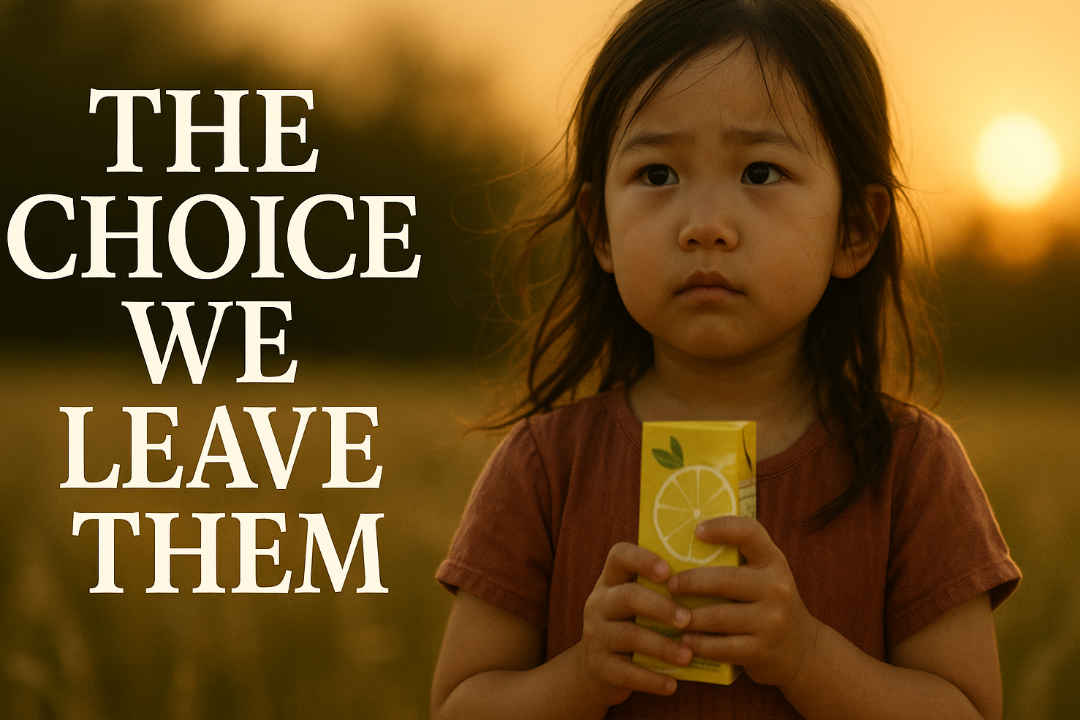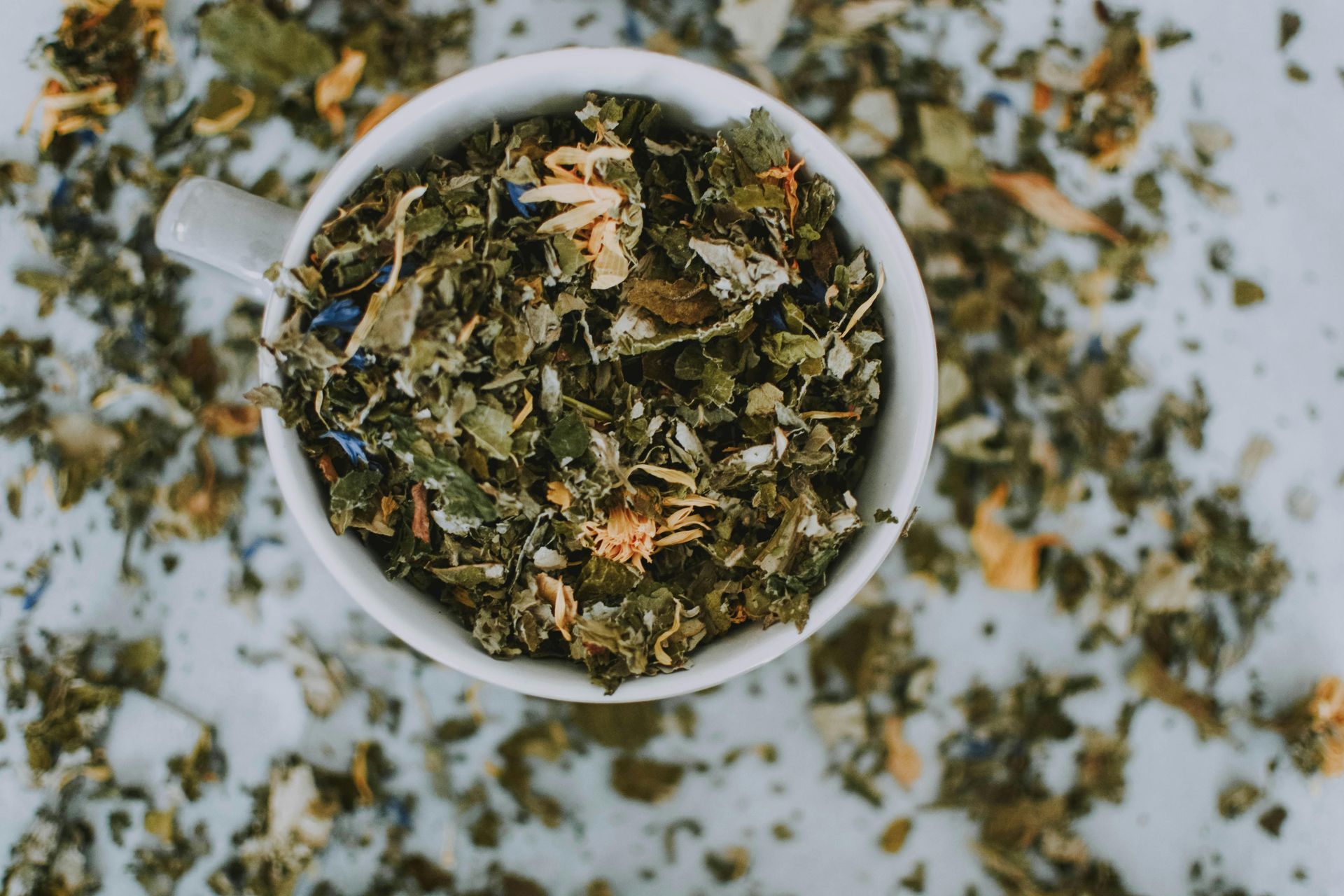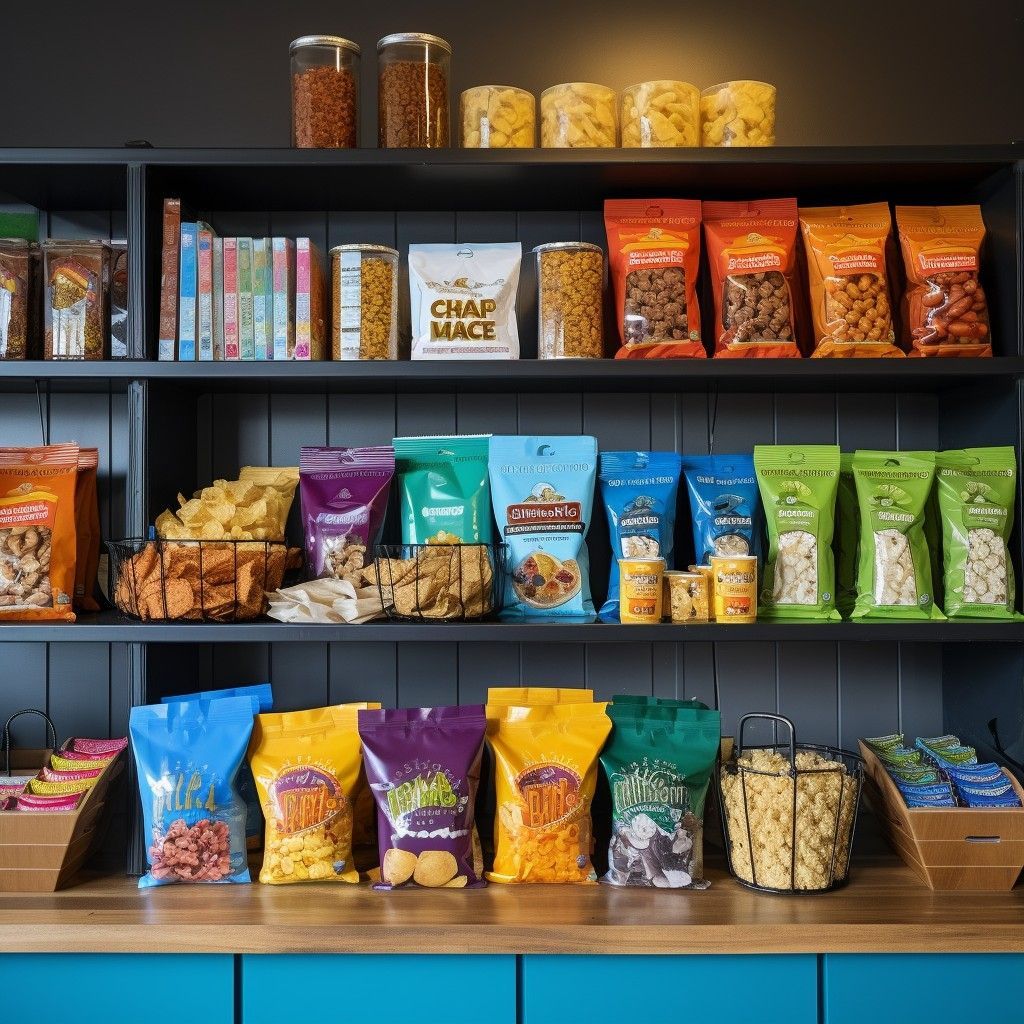What Does It take for an Ingredient to Be Legally Sold in the U.S.?
By Dr. David Keller, Chief Science and Regulatory Officer
Selling ingredients into the U.S. food and dietary supplement markets requires a clear understanding of FDA compliance pathways like GRAS, NDI, and ODI. Whether you’re launching a novel ingredient or reformulating an existing product, here’s what you need to know about FDA regulatory pathways today—and how they may evolve in the future.
Quick Answer:
To legally sell a food ingredient in the U.S., it must be a GRAS (Generally Recognized Asas Safe) substance. This starts with being Self-Affirmed with the option to submit to the FDA. For dietary supplements, ingredients must qualify as ODIs, NDIs, or be NDI-exempt if already sold in food. Self-GRAS is currently under regulatory scrutiny, but remains a valid pathway today.
Want to sell an ingredient in food? It must be GRAS.
To legally sell an ingredient in conventional food in the U.S., it must be GRAS—Generally Recognized as Safe.
This means that qualified experts would agree the ingredient is safe to consume under its intended conditions of use. It’s the legal foundation under sections 201(s) and 409 of the Federal Food, Drug, and Cosmetic Act (FD&C Act).
How do you prove something is GRAS?
Through science, safety data, and expert consensus.
Most GRAS determinations are based on two key evaluations:
- NOAEL
(No Observed Adverse Effect Level)
Derived from 90-day toxicology feeding studies, often in animals, that look at histopathology across major organs. - EDI
(Estimated Daily Intake)
A calculated estimate of how much of the ingredient people might consume daily from all food sources. This uses national consumption data from NHANES (National Health and Nutrition Examination Survey).
To be GRAS, your EDI must stay well below your NOAEL.
What about GRAS grandfathering?
Yes, it exists—but it’s rarely used.
Ingredients used in food before January 1, 1958 may qualify for a “Grandfathered GRAS” exemption. But proving historical use at commercial scale with matching specifications is difficult, and documentation is often insufficient.
What makes an ingredient legal in dietary supplements?
Different rules apply to supplements. A dietary ingredient must be one of the following:
- An ODI (Old Dietary Ingredient)
- A New Dietary Ingredient (NDI) with a proper premarket FDA notification
- Or NDI-exempt (if already legally sold in food—see next section)
What’s an ODI?
An Old Dietary Ingredient (ODI) is one that was sold in the U.S. before October 15, 1994, the date DSHEA (Dietary Supplement Health and Education Act) was enacted.
If you can prove the ingredient was in commerce in the same form and specifications before that date—it’s legal to sell in supplements.
What’s an NDI?
A New Dietary Ingredient (NDI) is any dietary ingredient that wasn’t sold in the U.S. before 1994.
To legally market an NDI in supplements, you must:
- Submit a premarket NDI notification to the FDA
- Wait at least 75 days before introducing the product into commerce
What is the NDI exemption?
There’s a valuable loophole: if the ingredient is already sold in food and hasn’t been chemically altered, it may be exempt from NDI notification.
To qualify for this exemption:
- The ingredient must be GRAS
- It must be sold in a conventional food product (with a Nutrition Facts Panel)
- It must not be chemically modified from its food form
Important: Just having GRAS status isn’t enough. It must also be actively sold in food to qualify for the exemption.
Is the GRAS pathway at risk?
Possibly—but not yet.
Recent headlines have spotlighted how the current presidential administration and regulatory advocates are scrutinizing the GRAS process. Critics argue that self-determined GRAS notifications may lack adequate FDA oversight.
That said, any changes to the GRAS pathway would require:
- Formal rulemaking or legislation
- Public comment and industry response
- Extended implementation timelines
Translation: GRAS remains a legal and viable pathway today, and likely will for the foreseeable future. But smart brands should stay informed and plan ahead.
Why does this matter?
If you're launching a new ingredient or entering the U.S. market, a clear regulatory strategy is essential.
Understanding GRAS, NDI, and ODI pathways can help you:
- Avoid costly delays or compliance risks
- Position your ingredient correctly for food or supplement use
- Future-proof your regulatory investments
At Step Change Innovations, we help ingredient suppliers, CPG brands, and contract manufacturers navigate these pathways with confidence.
Final Thoughts
Navigating U.S. food and supplement regulations isn’t optional—it’s foundational.
Whether you’re submitting a GRAS dossier, preparing an NDI notification, or verifying ODI/ NDI exempt status, compliance builds trust, unlocks scale, and protects your business.
At Step Change Innovations, we help ingredient companies unlock global markets, avoid costly missteps, and lay the foundation for long-term growth.
Curious if your ingredient meets today’s requirements—or if it's ready for what’s next?
We’d love to help.
Frequently Asked Questions (FAQ)
What does GRAS mean for food ingredients?
GRAS stands for Generally Recognized as Safe. It means experts agree an ingredient is safe for its intended use in food, based on scientific evidence.
Is GRAS the same as FDA approval?
No. GRAS is a separate pathway. It does not require FDA premarket approval like food additives—but it must be backed by robust safety data and expert consensus. There is no true FDA approval today for GRAS- rather they review how you came to your conclusion and if they have any questions on that.
Can a GRAS ingredient be used in supplements?
Not automatically. To be used in supplements without an NDI notification, the GRAS ingredient also must be sold in conventional food (with a Nutrition Facts Panel) and not be chemically altered.
Is the GRAS system changing?
Possibly. The FDA and other regulators have signaled interest in reforming GRAS rules, but no changes have been implemented yet. Any updates will take time.
Key Terms You Should Know
- GRAS: Generally Recognized as Safe – a legal FDA status for food ingredients based on expert consensus and scientific review.
- NOAEL: No Observed Adverse Effect Level – the highest dose in studies that show no harm.
- EDI: Estimated Daily Intake – how much of an ingredient people are likely to consume from all sources.
- ODI: Old Dietary Ingredient – a supplement ingredient sold before October 15, 1994.
- NDI: New Dietary Ingredient – a supplement ingredient introduced after 1994 that requires FDA notification.
- NDI Exempt: A GRAS ingredient used in food and unaltered chemically, making it exempt from premarket NDI notification.








